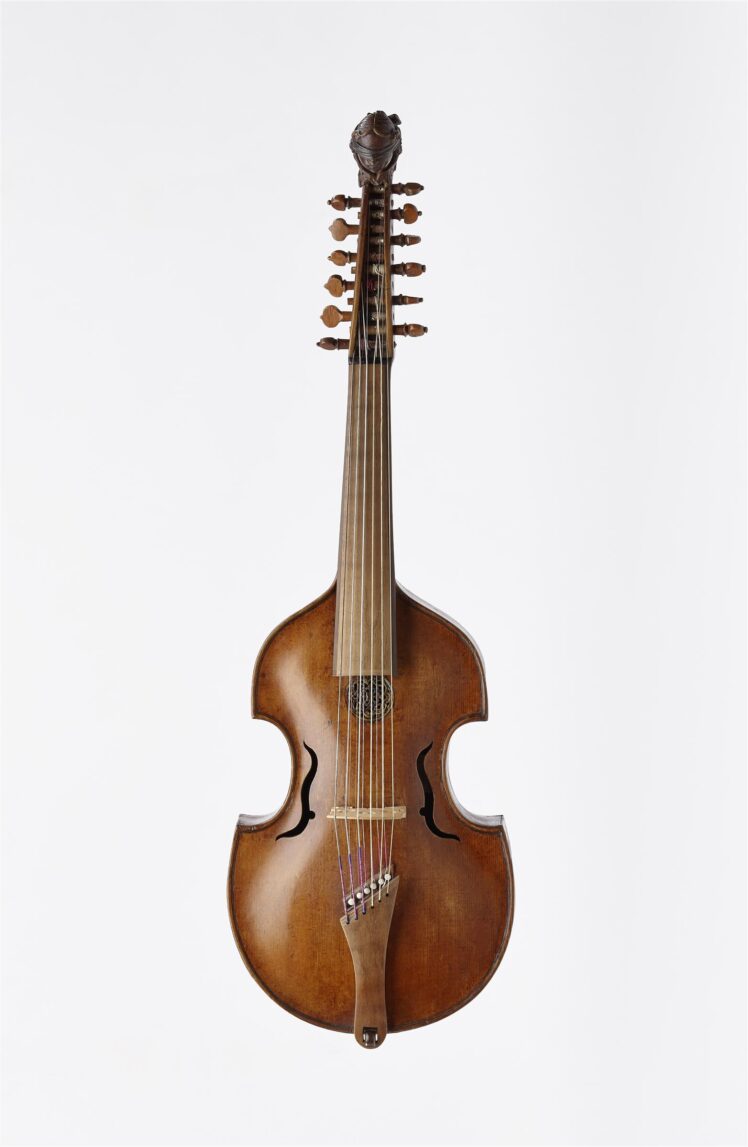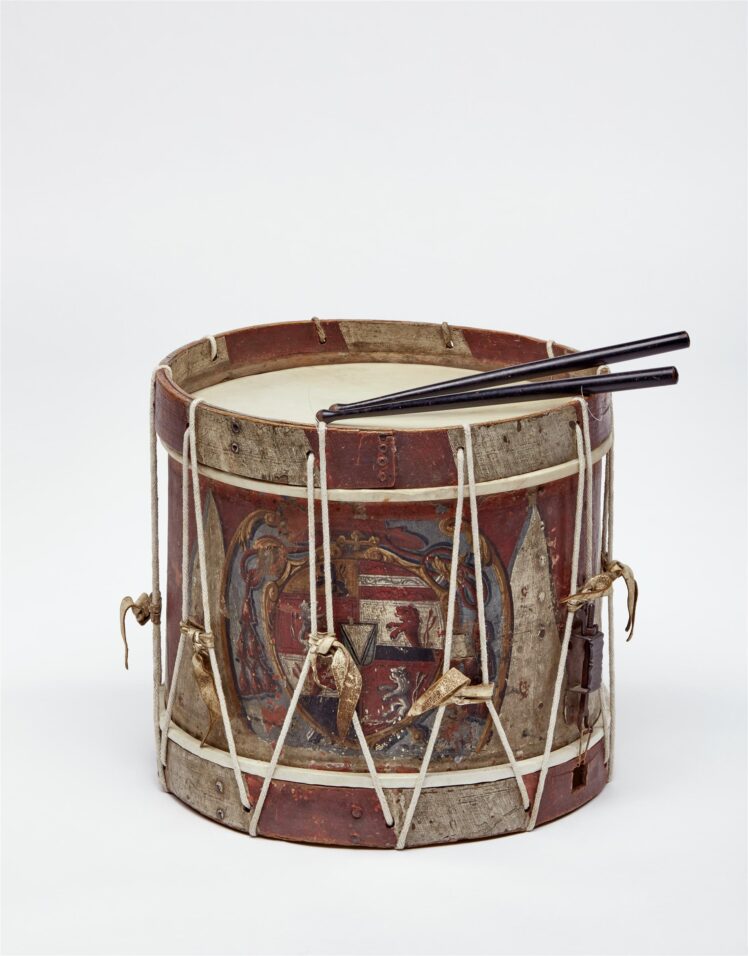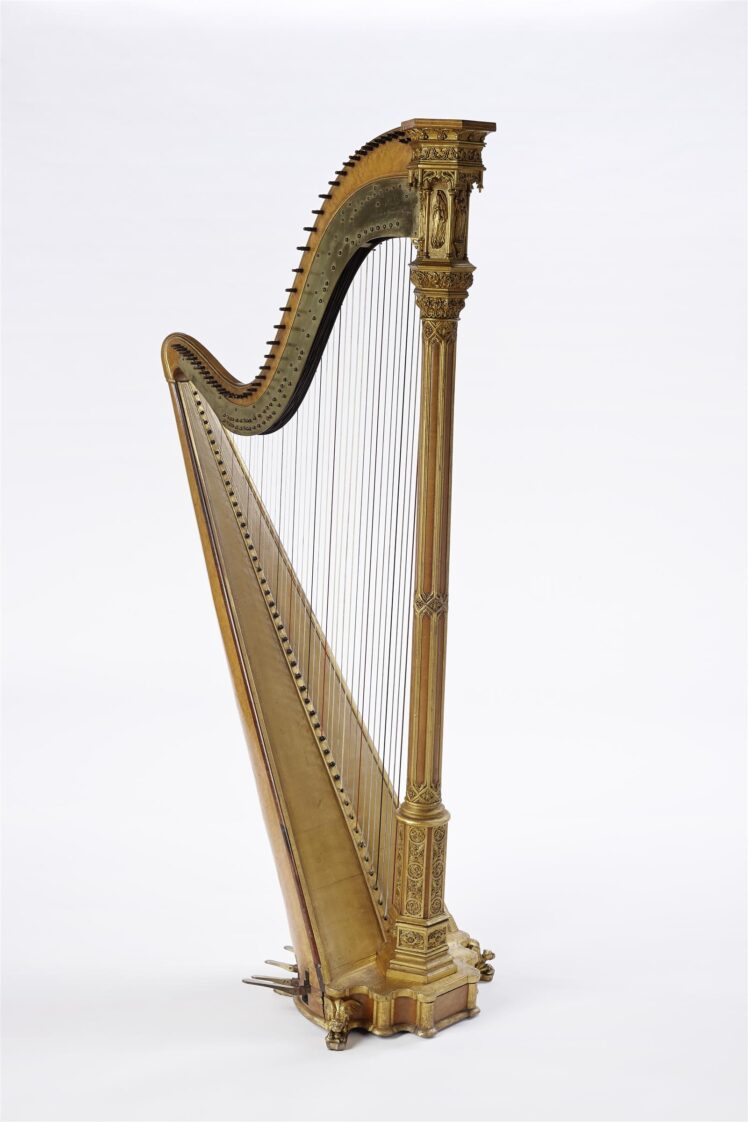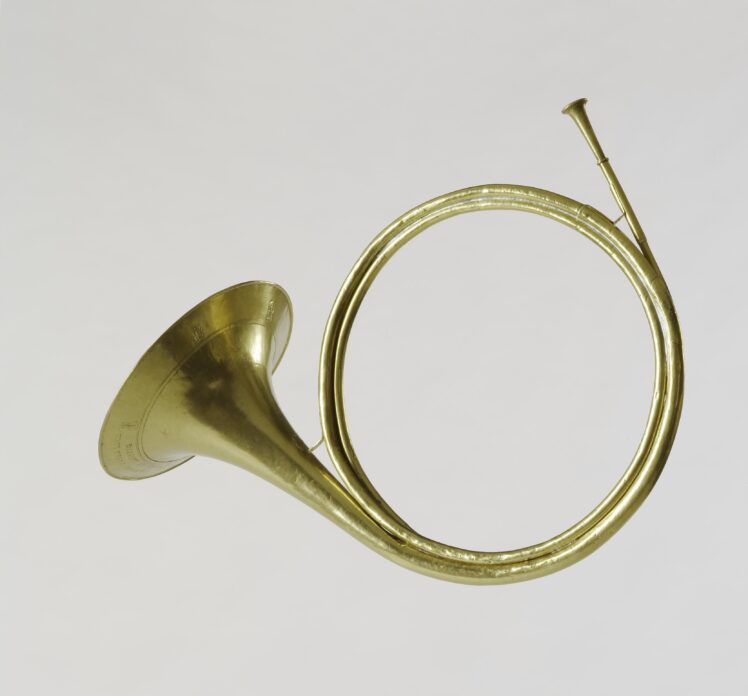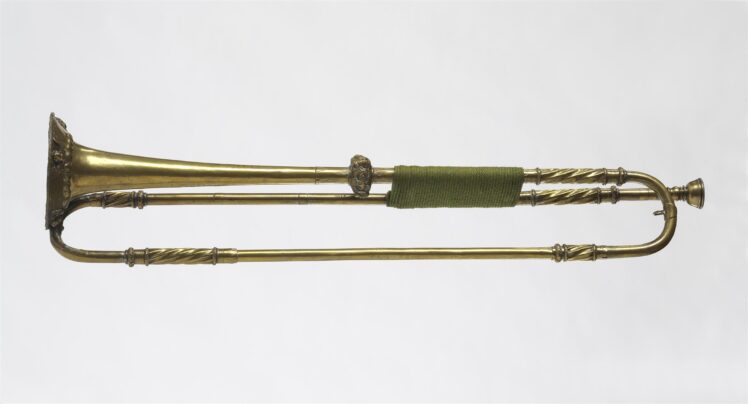Since its founding in 1834, Salzburg Museum has been collecting musical instruments and sheet music, with the aim of preserving the heritage of Salzburg’s rich and diverse history of music for future generations. The first instrument listed in the inventory was a basset recorder by Hans Rauch von Schratt from 1535.
The local connection to the city and province of Salzburg remains a guiding principle of the collection strategy to this day.

